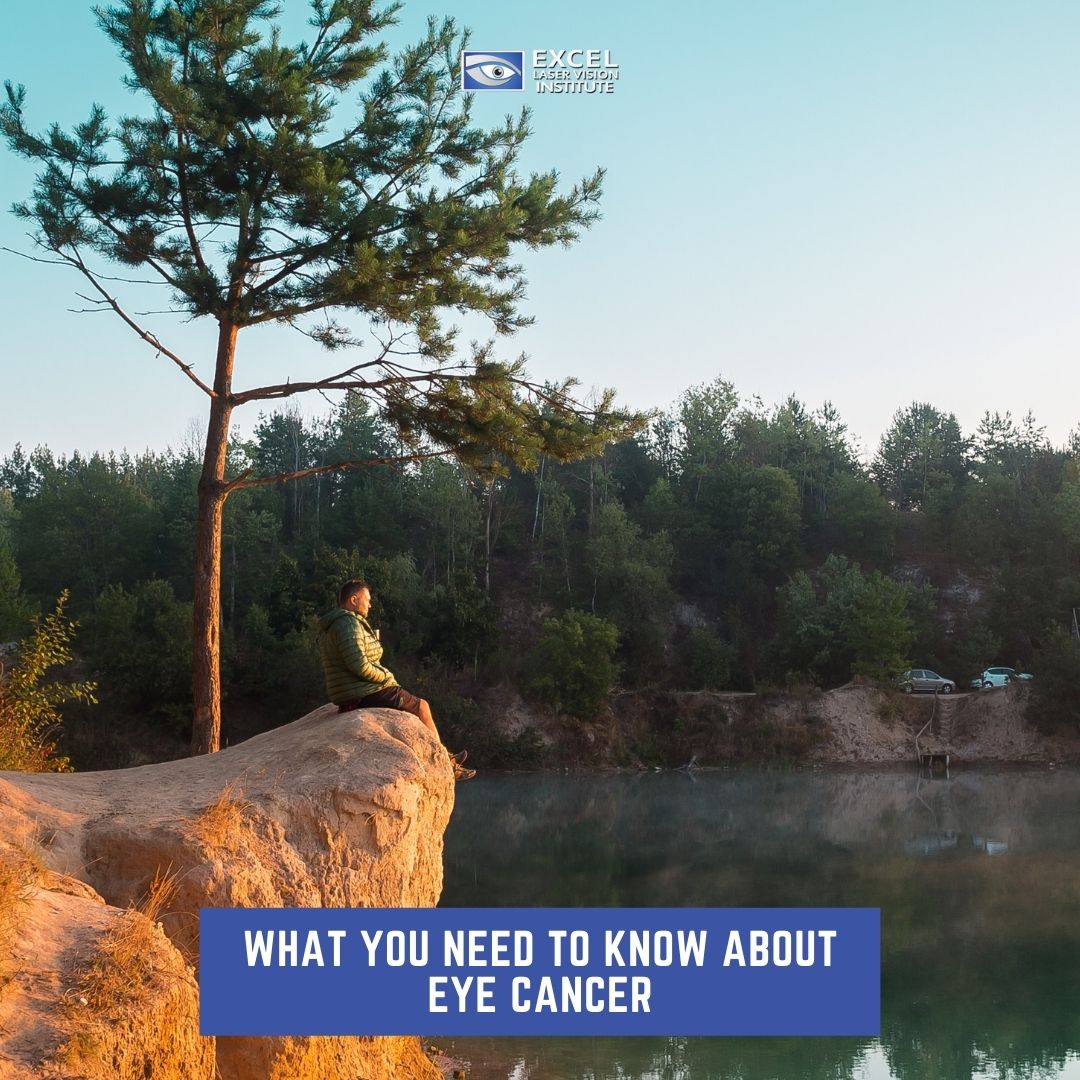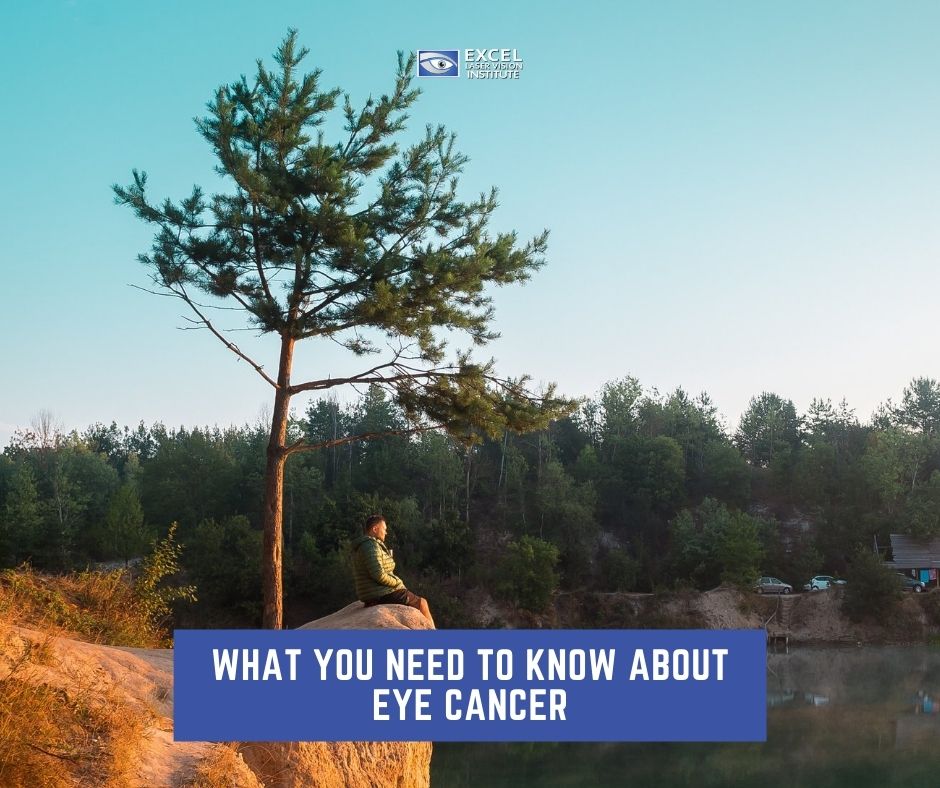
Eye cancer, medically referred to as ocular melanoma, is not one of the most discussed types of cancer, and this is for a good reason. However, as an eye patient, it is useful to have surface-level knowledge of eye cancer so that you can better educate and keep your visual health at an optimum level, and as Orange County LASIK surgery experts, it’s our job to answer all your questions on these topics. Here’s what you should know about it to help you address any possible concerns you may have:
First, let’s get familiar with the three layers of your eyes
Sclera – The outer layer, the white part of your eye
Uvea – The middle layer
Iris – the colored part of your eye that is in charge of processing how much light that enters it
What causes eye cancer?
It is not currently known by doctors the exact cause of eye cancer. However, we do know that certain populations are more at risk, including:
People age 50 and over. The average age to receive a diagnosis is 55 years.
Race. Caucasians are more likely to have eye cancer than Hispanics than African Americans.
People with a family history of eye cancer
It is possible that overexposure to sunlight could be a risk factor, but scientists have not yet been able to confirm this speculation.
Classifications of eye cancer
The SEER (Surveillance, Epidemiology, and End Results) database, maintained by the National Cancer Institute (NCI) classifies eye cancer in 3 groups: localized (cancer that has not spread beyond the eye), regional (cancer that has spread outside the eye to nearby areas), and distant (cancer that has spread further into the body). The more localized the eye cancer, the higher the rate of 5-year patient survival. Where exactly in the body the cancer originated from also plays a large factor into this.
It’s rare.
This is the good news. Your chances of getting a form of eye cancer are 6 in 1 million, with only 3,500 new cases reported a year. The most common type in adults are uveal or choroidal melanoma, and the 5-year survival rate of eye cancer patients is an overwhelmingly high 84%. In children, the most common type of primary eye cancer is called retinoblastoma. As its name suggests, this is a disease where the cancerous cells appear in the retina.
Symptoms can include but are not limited to:
Increasingly blurry vision
Partially or completely losing your vision
One of your eyes is bulging
Lumps in the eye
Irritation or redness in one or both of your eyes
Be aware that some of these symptoms may not necessarily mean you have a form of eye cancer for sure. These can also be symptoms of other eye conditions. If you experience any of these, contact your eye care provider immediately for a formal evaluation.
How is it treated?
You may be wondering if specialized Orange County laser eye surgery may be the solution to the problem at hand. The answer is not so simple. Lasik is designated for correcting eyesight and cannot remove any cancerous tumors. Depending on the type of eye cancer, its severity, and an individual’s medical profile, there are several ways an eyecare doctor may go about treating it.
How you can decrease your risk
Although your odds of getting eye cancer at any stage of your life is slim and in itself is difficult to prevent, it is important that you continue to do all the necessary things to take care of your eyes, including taking breaks from cell phone and computer screens, eating healthy, wearing sunglasses when exposed to UV rays, exercising regularly, and refraining from smoking.
Conclusion
You are probably relieved to hear directly from the Orange County LASIK specialists that it’s unlikely that you will develop eye cancer, but that doesn’t mean that you can’t develop other forms of vision problems at some point. In order to remain healthy, you must prioritize every aspect of your body. Treat it as a vessel that is worthy of your respect in your everyday life. Think of it this way: it’ll be hard to look forward to anything if you can’t see!





